PHP usage guide-cookies section
In this tutorial we will learn how to handle cookies using PHP. I will try to keep things as simple as possible to explain some practical applications of cookies.
What are cookies and what do they do?
Cookies are generated by the web server and contain some information about the client. It is embedded in html information, specified by the server, and transmits information between the client and the server
. It is usually used for: user web page personalization, counters, storing information about visited sites, etc.
cookies and php
Using cookies in PHP is quite easy. A cookie can be set using the setcookie function. Cookies are part of the HTTP headers, so the cookie function must be set before any content is sent to the browser. This restriction is the same as the header() function. Any cookie passed from the client will automatically be converted into a PHP variable. PHP obtains the information header and analyzes it, extracts the cookie name and turns it into a variable. Therefore, if you set a cookie such as setcookie("mycookie","wang"); php will automatically generate a variable named $mycookie with a value of "wang".
Let us first review the setcookie function syntax:
setcookie(string CookieName, string CookieValue, int CookieExpireTime, path, domain, int secure);
PATH: represents the directory on the web server, the default is the directory where the called page is located
DOMAIN: The domain name that the cookie can use. The default is the domain name of the called page. This domain name must contain two ".", so if you specify your top-level domain name, you must use ".mydomain.com"
SECURE: If set to "1", it means that the cookie can only be remembered by servers that the user's browser considers to be secure
Application:
For a site that requires registration, the user's identity will be automatically identified and information will be sent to it. If it is a stranger, he will be told to register first. We create a small database with the information given below: first name, last name, email address, visit counter.
Follow the steps below to create a table:
MySQL> create database users;
Query OK, 1 row affected (0.06 sec)
mysql> use users;
Database changed
mysql> create table info (FirstName varchar(20), LastName varchar(40),
email varchar(40), count varchar(3));
Query OK, 0 rows affected (0.05 sec)
Okay, now that we have a table that meets the requirements, we can build a php page to check cookies against the database.
#######################index.php###################### ###########
if (isset($Example)) { //Begin instructions for existing Cookie
$info = explode("&", $Example);
$FirstName=$info[0];
$LastName=$info[1];
$email=$info[2];
$count=$info[3];
$count++;
$CookieString=$FirstName.'&'.$LastName.'&'.$email.'&'.$count;
SetCookie ("Example",$CookieString, time()+3600); //Set a new cookie
echo"
Hello $FirstName $LastName, this is your visit number: $count
Your email address is: $email
";
mysql_connect() or die ("PRoblem connecting to DataBase"); //update DB
$query = "update info set count=$count where FirstName='$FirstName' and
LastName='$LastName' and email='$email'";
$result = mysql_db_query("users", $query) or die ("Problems .... ");
} //End Existing cookie instructions
else { //Begin instructions for no Cookie
echo "
Click Here for Site Registration
";
} //End No Cookie instructions
?>
Note: If you are using a remote mysql server or unix server, you should use the following statement
mysql_connect ("server","username","passWord") or die ("Problem connecting to DataBase");
We want to check if a cookie with the specified name was sent in the html header. Remember, PHP can convert recognized cookies into corresponding variables, so we can check a variable called "Example":
if (isset($Example)) { //Begin instructions for existing Cookie
...
} else {
...
}
If this cookie exists, we will add one to the counter and print the user information. If this cookie does not exist, we recommend that the user register first
If the cookie exists, we perform the following steps:
if (isset($Example)) { //Begin instructions for existing Cookie
$info = explode("&", $Example); //split the string to variables
$FirstName=$info[0];
$LastName=$info[1];
$email=$info[2];
$count=$info[3];
$count++;
$CookieString=$FirstName.'&'.$LastName.'&'.$email.'&'.$count;
SetCookie ("Example",$CookieString, time()+3600); //setting a new cookie
echo"
Hello $FirstName $LastName, this is your visit number: $count
Your email address is: $email
";
mysql_connect() or die ("Problem connecting to DataBase"); //update DB
$query = "update info set count=$count where FirstName='$FirstName' and
LastName='$LastName' and email='$email'";
$result = mysql_db_query("users", $query) or die ("Problems .... ");
} //End Existing cookie instructions
The above program has three main parts: first, obtain the cookie value, use the explode function to divide it into different variables, increment the counter, and set a new cookie. Then use html statements to output user information. Finally, the database is updated with the new counter value.
If this cookie does not exist, the following procedure will be executed:
else { //Begin instructions for no Cookie
echo "
Click Here for Site Registration
";
} //End No Cookie instructions
The following reg.php simply lists the link to the registration page
#############################reg.php################## ###########
Registering the site
After all the information is submitted, another php file is called to analyze the information
#############################reg1.php################# ###################
if ($FirstName and $LastName and $email)
{
mysql_connect() or die ("Problem connecting to DataBase");
$query="select * from info where FirstName='$FirstName' and
LastName='$LastName' and email='$email'";
$result = mysql_db_query("users", $query);
$r=mysql_fetch_array($result);
$count=$r["count"];
if (isset($count)) {
$CookieString=$FirstName.'&'.$LastName.'&'.$email.'&'.$count;
SetCookie ("Example",$CookieString, time()+3600);
echo "
user $FirstName $LastName already exists. Using the existing
info.
echo "
Back to Main Page";
} else {
$count = '1';
$query = "insert into info values
('$FirstName','$LastName','$email','$count')";
$result = mysql_db_query("users", $query);
$CookieString=$FirstName.'&'.$LastName.'&'.$email.'&'.$count;
SetCookie ("Example",$CookieString, time()+3600);
echo "Thank you for registering.
";
}
} else { echo "Sorry, some information is missing. Please go back and add all
the information"; }
?>
首先检查所有的信息是否按要求填写,如果没有,返回重新输入
if ($FirstName and $LastName and $email)
{
...
} else { echo "Sorry, some information is missing. Please go back and add all
the information"; }
?>
如果所有信息填好,将执行下面:
mysql_connect() or die ("Problem connecting to DataBase");
$query="select * from info where FirstName='$FirstName' and
LastName='$LastName' and email='$email'";
$result = mysql_db_query("users", $query);
$r=mysql_fetch_array($result);
$count=$r["count"];
if (isset($count)) {
$count++;
$CookieString=$FirstName.'&'.$LastName.'&'.$email.'&'.$count;
SetCookie ("Example",$CookieString, time()+3600);
echo "
user $FirstName $LastName already exists. Using the existing
info.
echo "
Back to Main Page";
} else {
$count = '1'; //new visitor - set counter to 1.
$query = "insert into info values
('$FirstName','$LastName','$email','$count')";
$result = mysql_db_query("users", $query);
$CookieString=$FirstName.'&'.$LastName.'&'.$email.'&'.$count;
SetCookie ("Example",$CookieString, time()+3600);
echo "Thank you for registering.
";
这段程序做了几件工作:它检查数据库是否有这样一个用户(如果没有,也就是说,这个cookie已被删除),如果有,它指定旧的信息,并用当前的信息建一新的cookie,如果同一用户没有数据库登录,新建一数据库登录,并建一新的cookie.
首先,我们从数据库中取回用户登录详细资料
mysql_connect() or die ("Problem connecting to DataBase");
$query="select * from info where FirstName='$FirstName' and
LastName='$LastName' and email='$email'";
$result = mysql_db_query("users", $query);
$r=mysql_fetch_array($result);
$count=$r["count"];
现在检查是否有一计数器为这用户,利用isset()函数
if (isset($count)) {
...
} else {
...
}
计数器增加并新建一cookie
$count++; //increase counter
$CookieString=$FirstName.'&'.$LastName.'&'.$email.'&'.$count;
SetCookie ("Example",$CookieString, time()+3600);
echo "
user $FirstName $LastName already exists. Using the existing info.
";echo "
Back to Main Page";
如果没有一用户计数器,在mysql中加一记录,并设一cookie
注意:在任何时候,setcookie放在输送任何资料到浏览器之前,否则得到错误信息
以上就介绍了PHP使用指南-cookies部分,包括了方面的内容,希望对PHP教程有兴趣的朋友有所帮助。
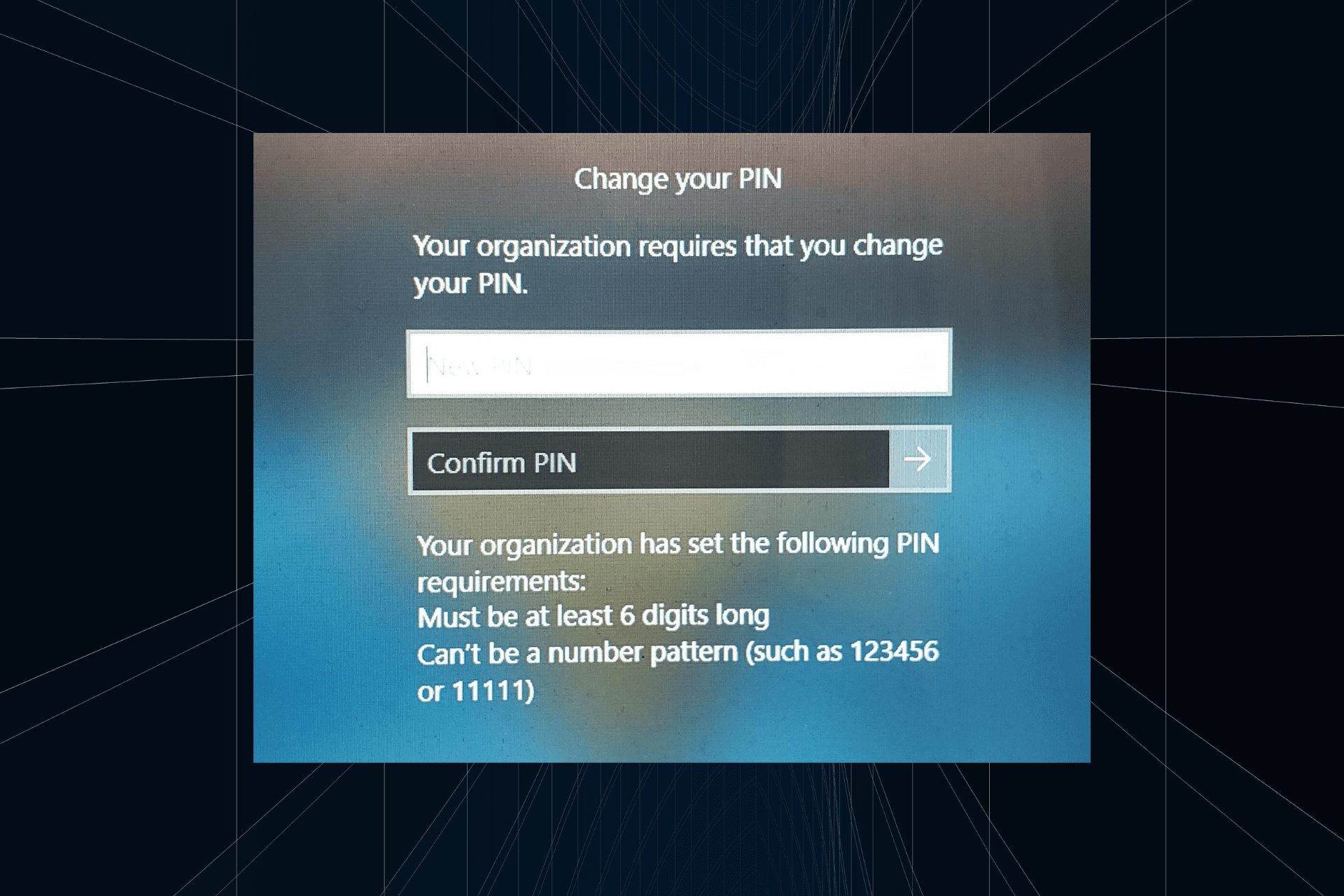 解决方法:您的组织要求您更改 PIN 码Oct 04, 2023 pm 05:45 PM
解决方法:您的组织要求您更改 PIN 码Oct 04, 2023 pm 05:45 PM“你的组织要求你更改PIN消息”将显示在登录屏幕上。当在使用基于组织的帐户设置的电脑上达到PIN过期限制时,就会发生这种情况,在该电脑上,他们可以控制个人设备。但是,如果您使用个人帐户设置了Windows,则理想情况下不应显示错误消息。虽然情况并非总是如此。大多数遇到错误的用户使用个人帐户报告。为什么我的组织要求我在Windows11上更改我的PIN?可能是您的帐户与组织相关联,您的主要方法应该是验证这一点。联系域管理员会有所帮助!此外,配置错误的本地策略设置或不正确的注册表项也可能导致错误。即
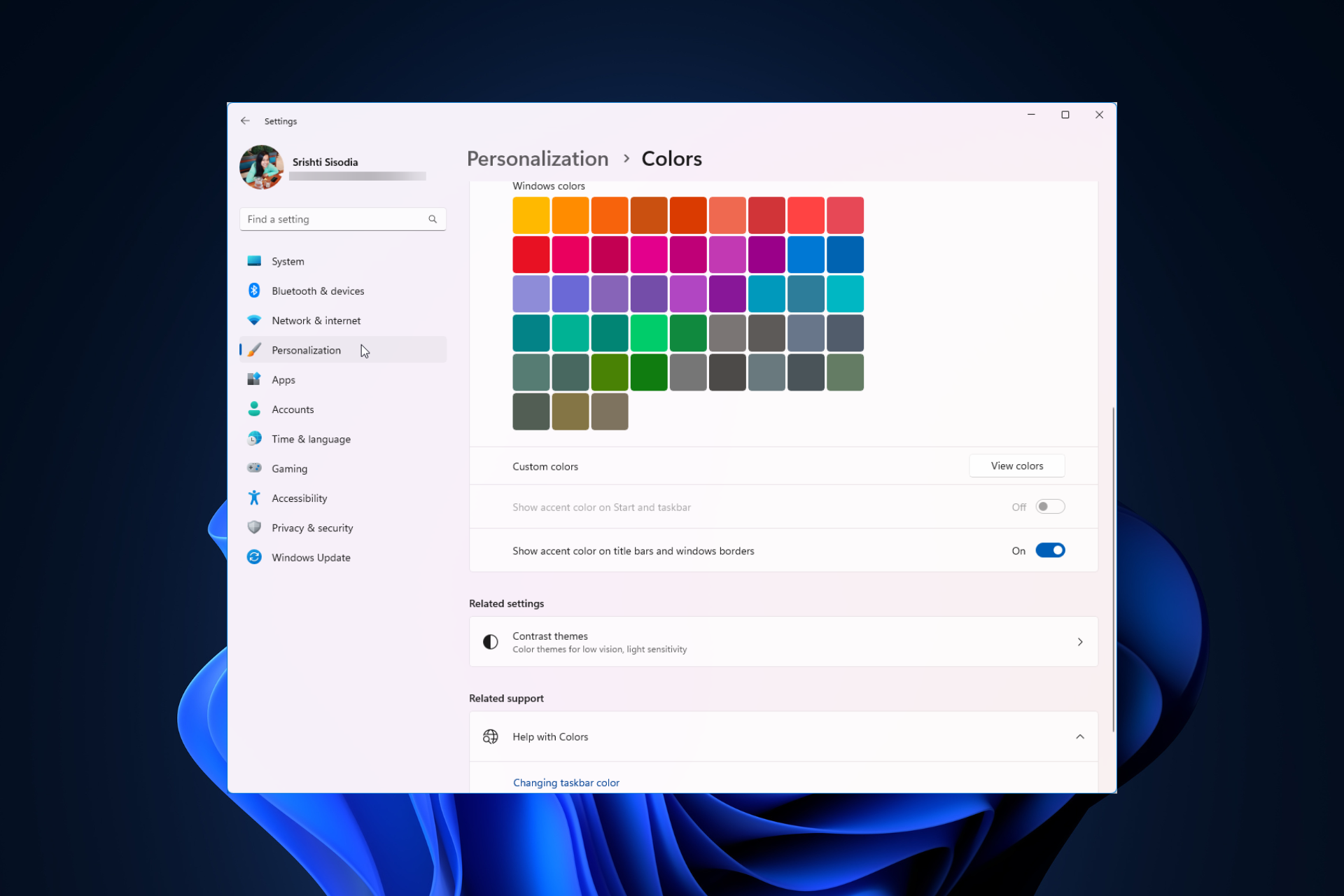 Windows 11 上调整窗口边框设置的方法:更改颜色和大小Sep 22, 2023 am 11:37 AM
Windows 11 上调整窗口边框设置的方法:更改颜色和大小Sep 22, 2023 am 11:37 AMWindows11将清新优雅的设计带到了最前沿;现代界面允许您个性化和更改最精细的细节,例如窗口边框。在本指南中,我们将讨论分步说明,以帮助您在Windows操作系统中创建反映您的风格的环境。如何更改窗口边框设置?按+打开“设置”应用。WindowsI转到个性化,然后单击颜色设置。颜色更改窗口边框设置窗口11“宽度=”643“高度=”500“>找到在标题栏和窗口边框上显示强调色选项,然后切换它旁边的开关。若要在“开始”菜单和任务栏上显示主题色,请打开“在开始”菜单和任务栏上显示主题
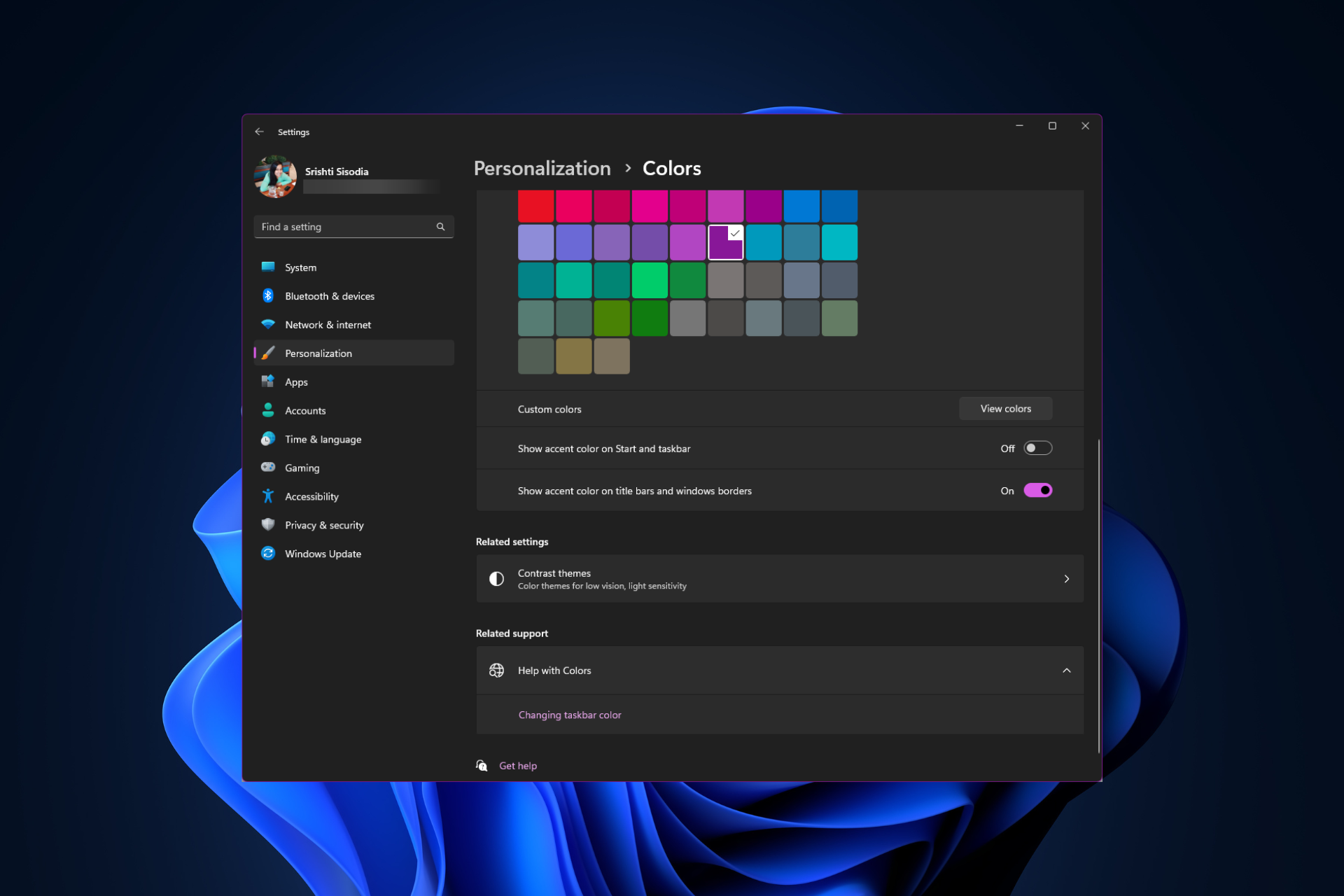 如何在 Windows 11 上更改标题栏颜色?Sep 14, 2023 pm 03:33 PM
如何在 Windows 11 上更改标题栏颜色?Sep 14, 2023 pm 03:33 PM默认情况下,Windows11上的标题栏颜色取决于您选择的深色/浅色主题。但是,您可以将其更改为所需的任何颜色。在本指南中,我们将讨论三种方法的分步说明,以更改它并个性化您的桌面体验,使其具有视觉吸引力。是否可以更改活动和非活动窗口的标题栏颜色?是的,您可以使用“设置”应用更改活动窗口的标题栏颜色,也可以使用注册表编辑器更改非活动窗口的标题栏颜色。若要了解这些步骤,请转到下一部分。如何在Windows11中更改标题栏的颜色?1.使用“设置”应用按+打开设置窗口。WindowsI前往“个性化”,然
 OOBELANGUAGE错误Windows 11 / 10修复中出现问题的问题Jul 16, 2023 pm 03:29 PM
OOBELANGUAGE错误Windows 11 / 10修复中出现问题的问题Jul 16, 2023 pm 03:29 PM您是否在Windows安装程序页面上看到“出现问题”以及“OOBELANGUAGE”语句?Windows的安装有时会因此类错误而停止。OOBE表示开箱即用的体验。正如错误提示所表示的那样,这是与OOBE语言选择相关的问题。没有什么可担心的,你可以通过OOBE屏幕本身的漂亮注册表编辑来解决这个问题。快速修复–1.单击OOBE应用底部的“重试”按钮。这将继续进行该过程,而不会再打嗝。2.使用电源按钮强制关闭系统。系统重新启动后,OOBE应继续。3.断开系统与互联网的连接。在脱机模式下完成OOBE的所
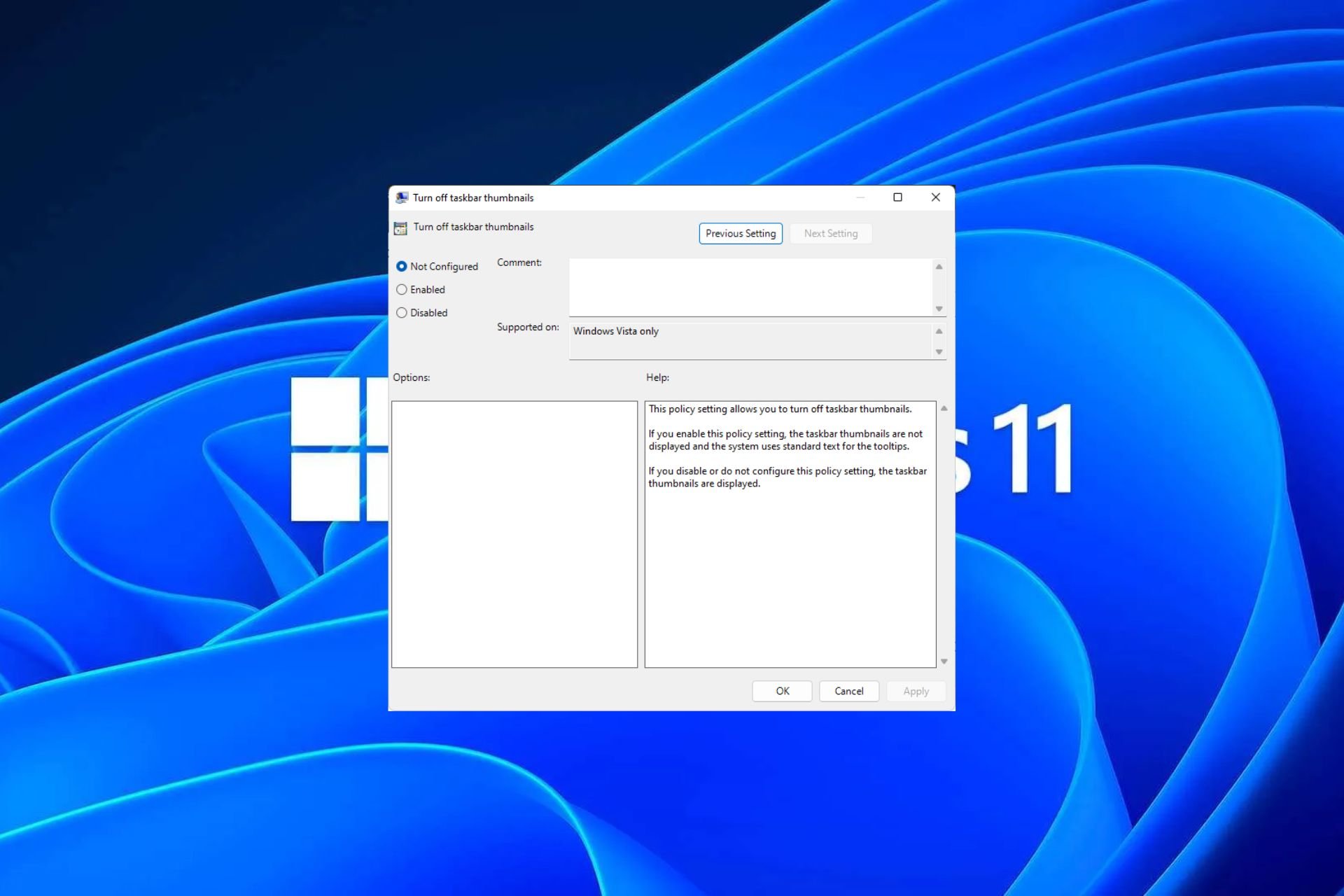 Windows 11 上启用或禁用任务栏缩略图预览的方法Sep 15, 2023 pm 03:57 PM
Windows 11 上启用或禁用任务栏缩略图预览的方法Sep 15, 2023 pm 03:57 PM任务栏缩略图可能很有趣,但它们也可能分散注意力或烦人。考虑到您将鼠标悬停在该区域的频率,您可能无意中关闭了重要窗口几次。另一个缺点是它使用更多的系统资源,因此,如果您一直在寻找一种提高资源效率的方法,我们将向您展示如何禁用它。不过,如果您的硬件规格可以处理它并且您喜欢预览版,则可以启用它。如何在Windows11中启用任务栏缩略图预览?1.使用“设置”应用点击键并单击设置。Windows单击系统,然后选择关于。点击高级系统设置。导航到“高级”选项卡,然后选择“性能”下的“设置”。在“视觉效果”选
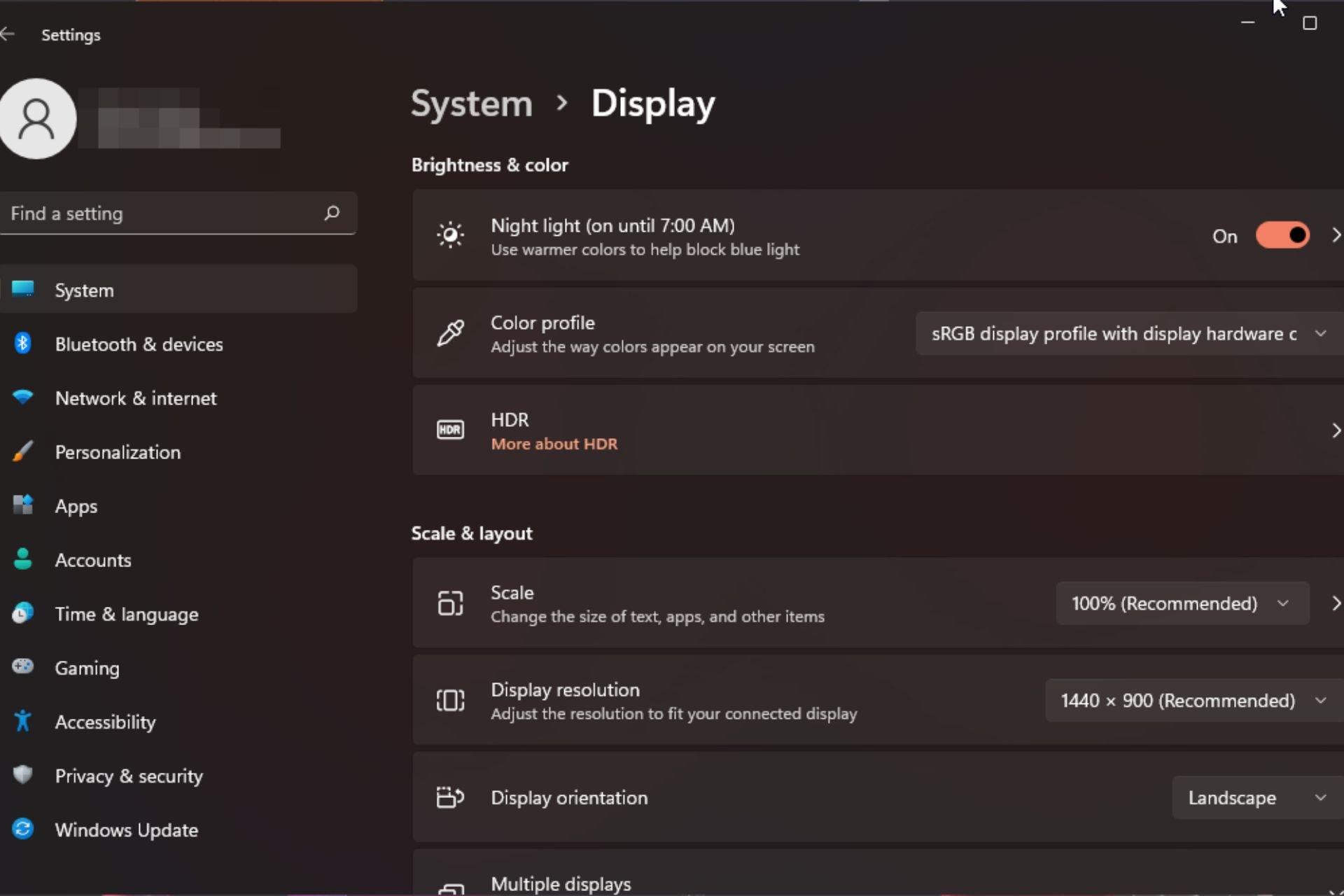 Windows 11 上的显示缩放比例调整指南Sep 19, 2023 pm 06:45 PM
Windows 11 上的显示缩放比例调整指南Sep 19, 2023 pm 06:45 PM在Windows11上的显示缩放方面,我们都有不同的偏好。有些人喜欢大图标,有些人喜欢小图标。但是,我们都同意拥有正确的缩放比例很重要。字体缩放不良或图像过度缩放可能是工作时真正的生产力杀手,因此您需要知道如何对其进行自定义以充分利用系统功能。自定义缩放的优点:对于难以阅读屏幕上的文本的人来说,这是一个有用的功能。它可以帮助您一次在屏幕上查看更多内容。您可以创建仅适用于某些监视器和应用程序的自定义扩展配置文件。可以帮助提高低端硬件的性能。它使您可以更好地控制屏幕上的内容。如何在Windows11
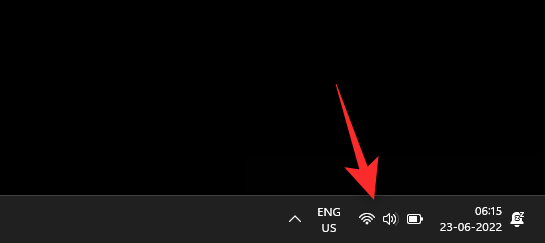 10种在 Windows 11 上调整亮度的方法Dec 18, 2023 pm 02:21 PM
10种在 Windows 11 上调整亮度的方法Dec 18, 2023 pm 02:21 PM屏幕亮度是使用现代计算设备不可或缺的一部分,尤其是当您长时间注视屏幕时。它可以帮助您减轻眼睛疲劳,提高易读性,并轻松有效地查看内容。但是,根据您的设置,有时很难管理亮度,尤其是在具有新UI更改的Windows11上。如果您在调整亮度时遇到问题,以下是在Windows11上管理亮度的所有方法。如何在Windows11上更改亮度[10种方式解释]单显示器用户可以使用以下方法在Windows11上调整亮度。这包括使用单个显示器的台式机系统以及笔记本电脑。让我们开始吧。方法1:使用操作中心操作中心是访问
 如何修复Windows服务器中的激活错误代码0xc004f069Jul 22, 2023 am 09:49 AM
如何修复Windows服务器中的激活错误代码0xc004f069Jul 22, 2023 am 09:49 AMWindows上的激活过程有时会突然转向显示包含此错误代码0xc004f069的错误消息。虽然激活过程已经联机,但一些运行WindowsServer的旧系统可能会遇到此问题。通过这些初步检查,如果这些检查不能帮助您激活系统,请跳转到主要解决方案以解决问题。解决方法–关闭错误消息和激活窗口。然后,重新启动计算机。再次从头开始重试Windows激活过程。修复1–从终端激活从cmd终端激活WindowsServerEdition系统。阶段–1检查Windows服务器版本您必须检查您使用的是哪种类型的W


Hot AI Tools

Undresser.AI Undress
AI-powered app for creating realistic nude photos

AI Clothes Remover
Online AI tool for removing clothes from photos.

Undress AI Tool
Undress images for free

Clothoff.io
AI clothes remover

AI Hentai Generator
Generate AI Hentai for free.

Hot Article

Hot Tools

mPDF
mPDF is a PHP library that can generate PDF files from UTF-8 encoded HTML. The original author, Ian Back, wrote mPDF to output PDF files "on the fly" from his website and handle different languages. It is slower than original scripts like HTML2FPDF and produces larger files when using Unicode fonts, but supports CSS styles etc. and has a lot of enhancements. Supports almost all languages, including RTL (Arabic and Hebrew) and CJK (Chinese, Japanese and Korean). Supports nested block-level elements (such as P, DIV),

ZendStudio 13.5.1 Mac
Powerful PHP integrated development environment

Zend Studio 13.0.1
Powerful PHP integrated development environment

SublimeText3 Chinese version
Chinese version, very easy to use

Safe Exam Browser
Safe Exam Browser is a secure browser environment for taking online exams securely. This software turns any computer into a secure workstation. It controls access to any utility and prevents students from using unauthorized resources.







